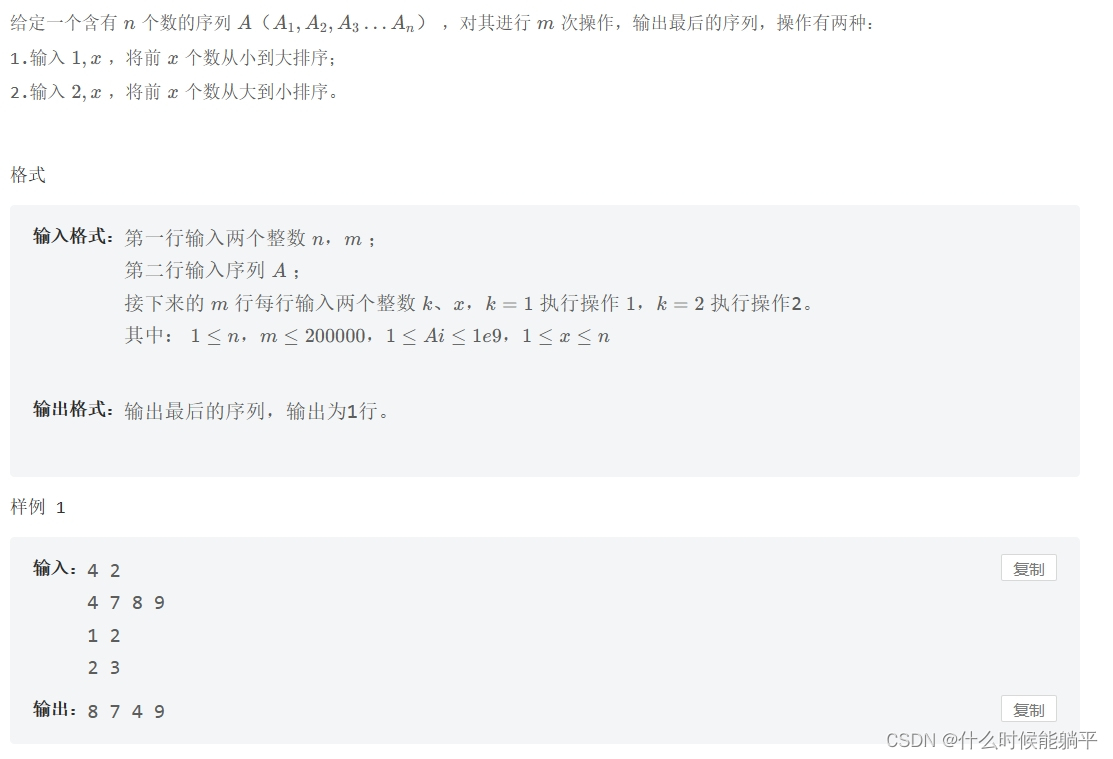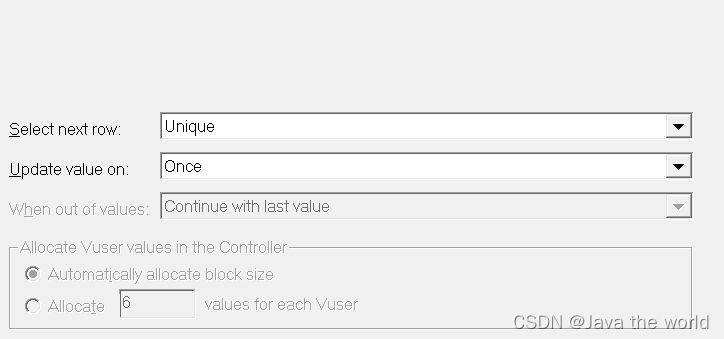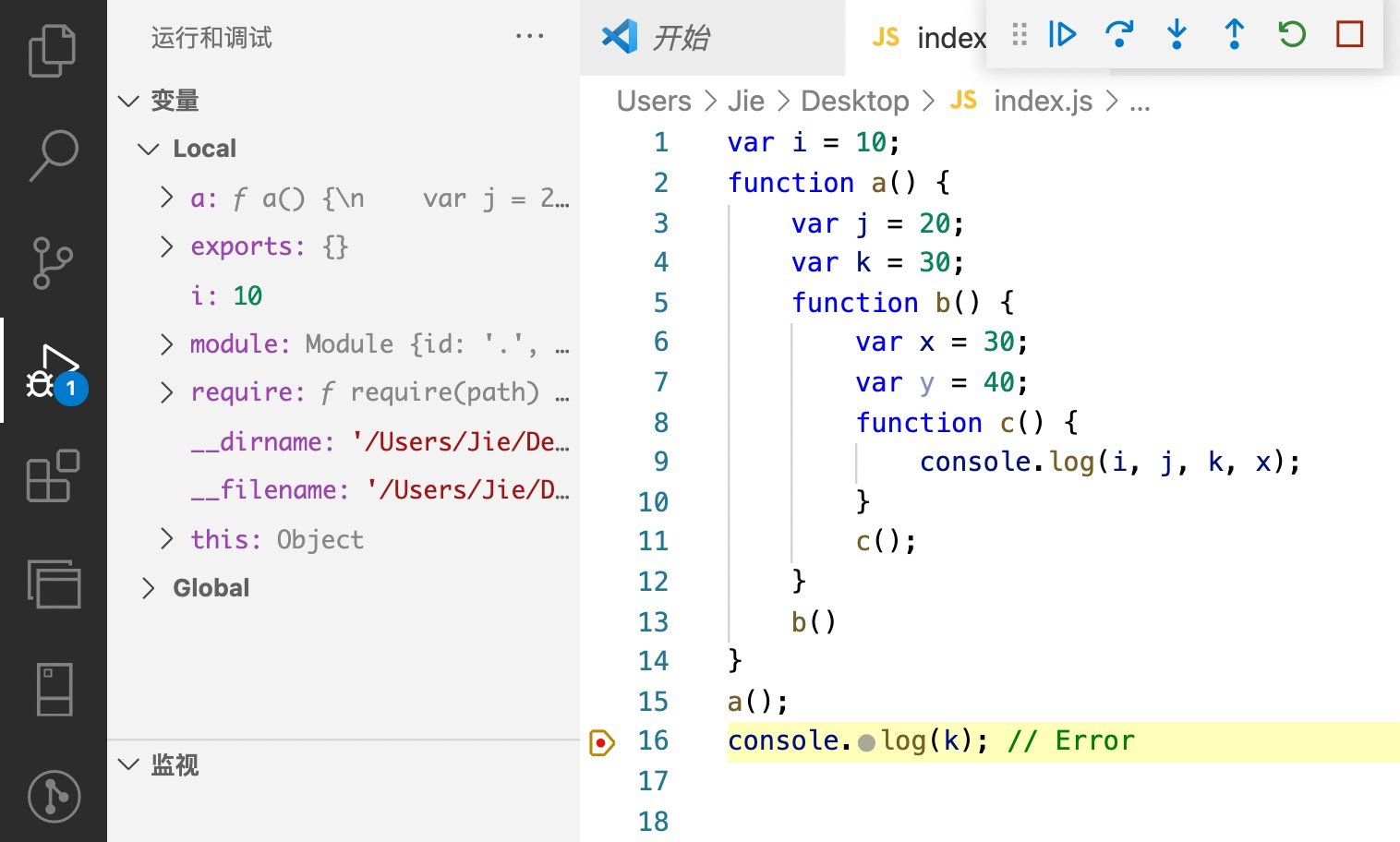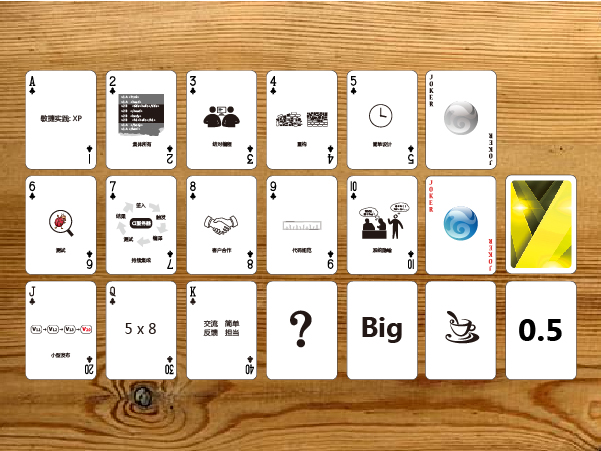 思路:
思路:
如果有两次操作i和j,j在i后面操作,且j的x比i的x大,则i的操作被j所覆盖(即i的操作是无用的)
可以将操作i删除。
如果有两次操作i和j,j在i后面操作,且j的x比i的x小,则需要按顺序操作ij。
所以使用单调递减栈来优化
代码:
#include <bits/stdc++.h>
using namespace std;
const int N = 2e5 + 10;
int n, m, ans, a[N], b[N], top;
// 数组模拟单调栈
struct node
{
int k, x;
} st[N];
int main()
{
cin >> n >> m;
for (int i = 1; i <= n; i++)
{
cin >> a[i];
b[i] = a[i];
}
while (m--)
{ // 单调栈,去除无效操作
int k, x;
cin >> k >> x;
while (top && st[top].x <= x)
top--;
st[++top] = {k, x};
}
int nn = st[1].x; // 取栈底元素
sort(b + 1, b + nn + 1);
int l = 1, r = nn;
st[top + 1].x = 0;
for (int i = 1; i <= top; i++)
{
int t = st[i].x - st[i + 1].x;
if (st[i].k == 1)
while (t--)
a[nn--] = b[r--];
else
while (t--)
a[nn--] = b[l++];
}
for (int i = 1; i <= n; i++)
{
cout << a[i] << " ";
}
return 0;
}



















